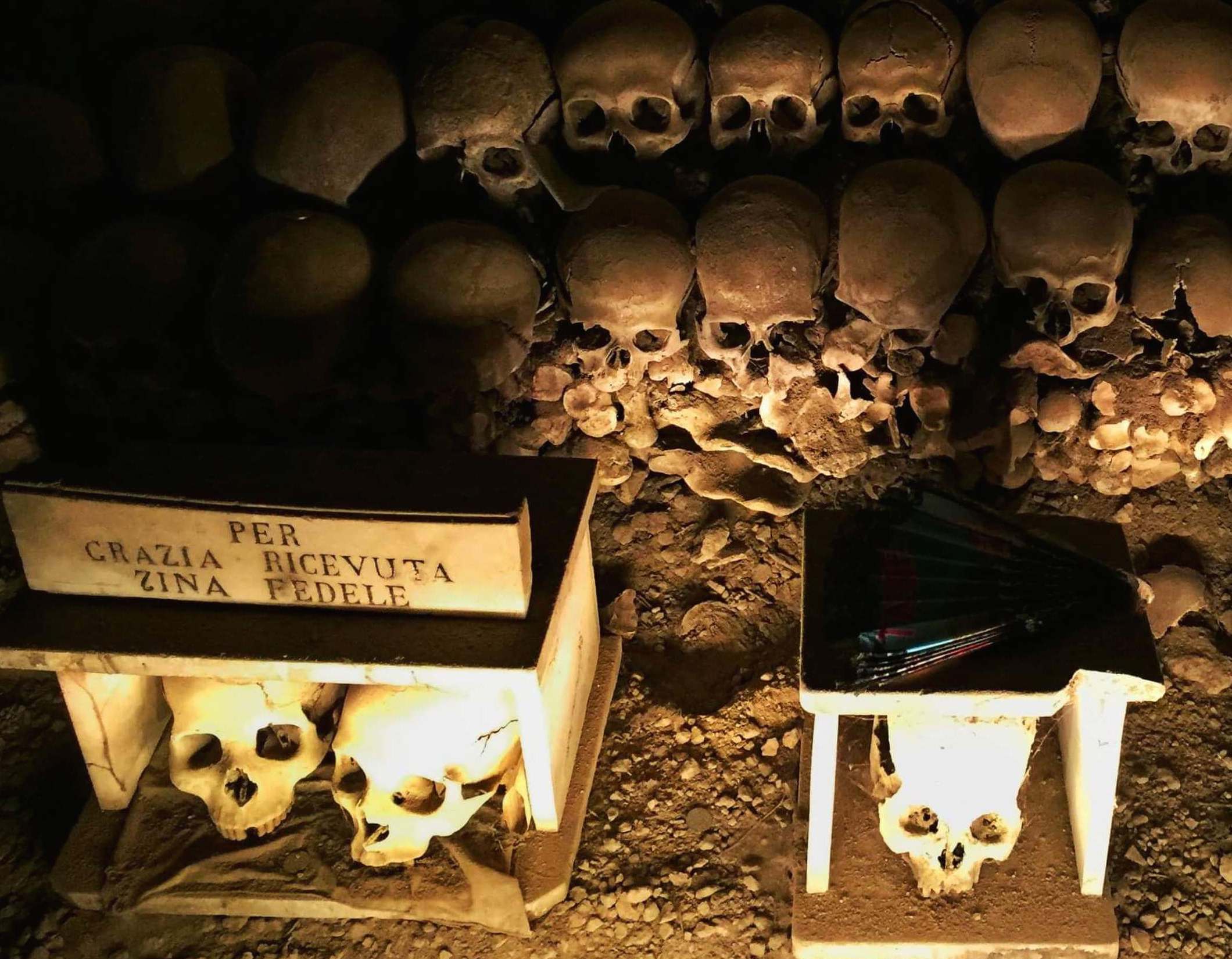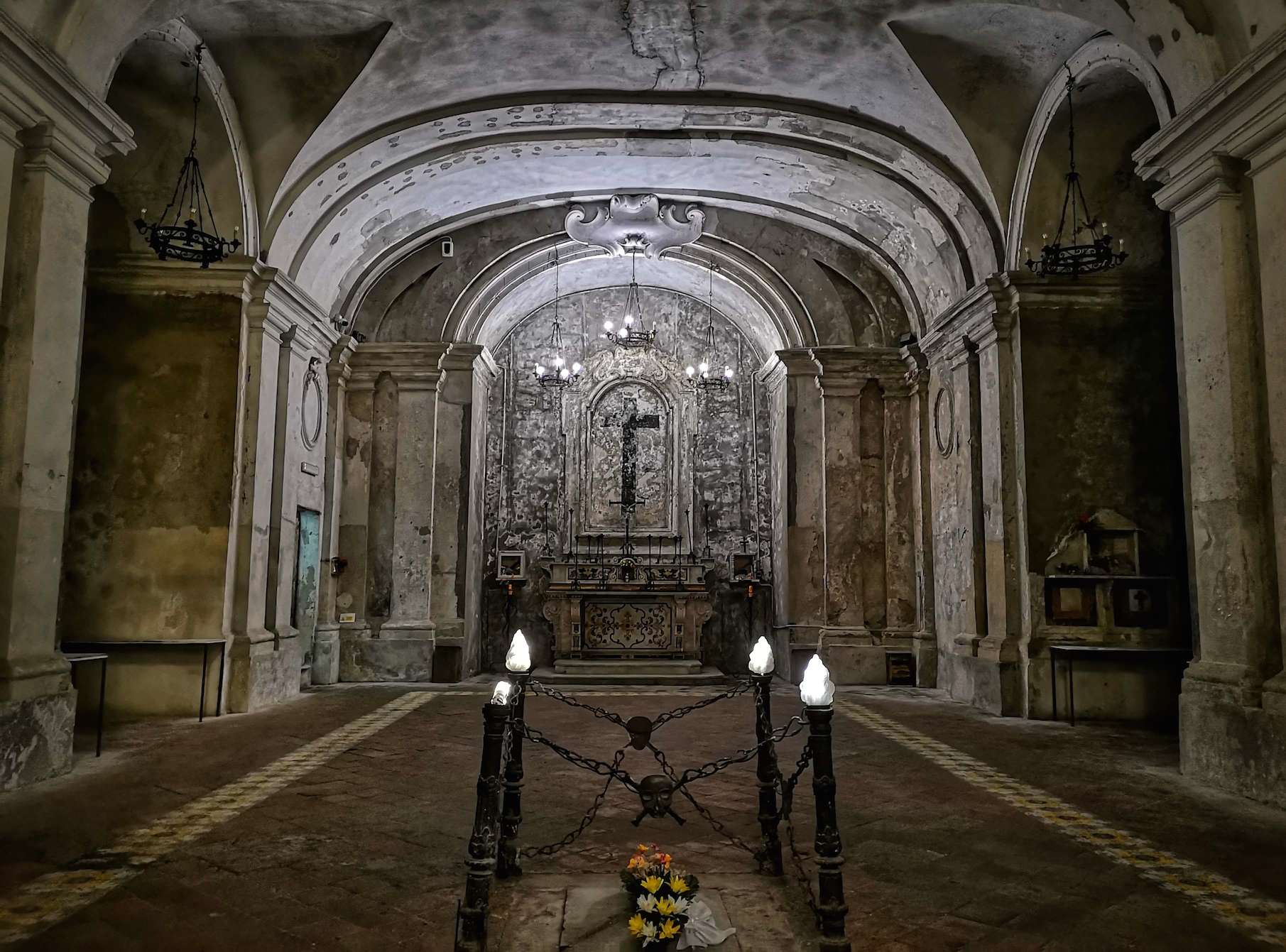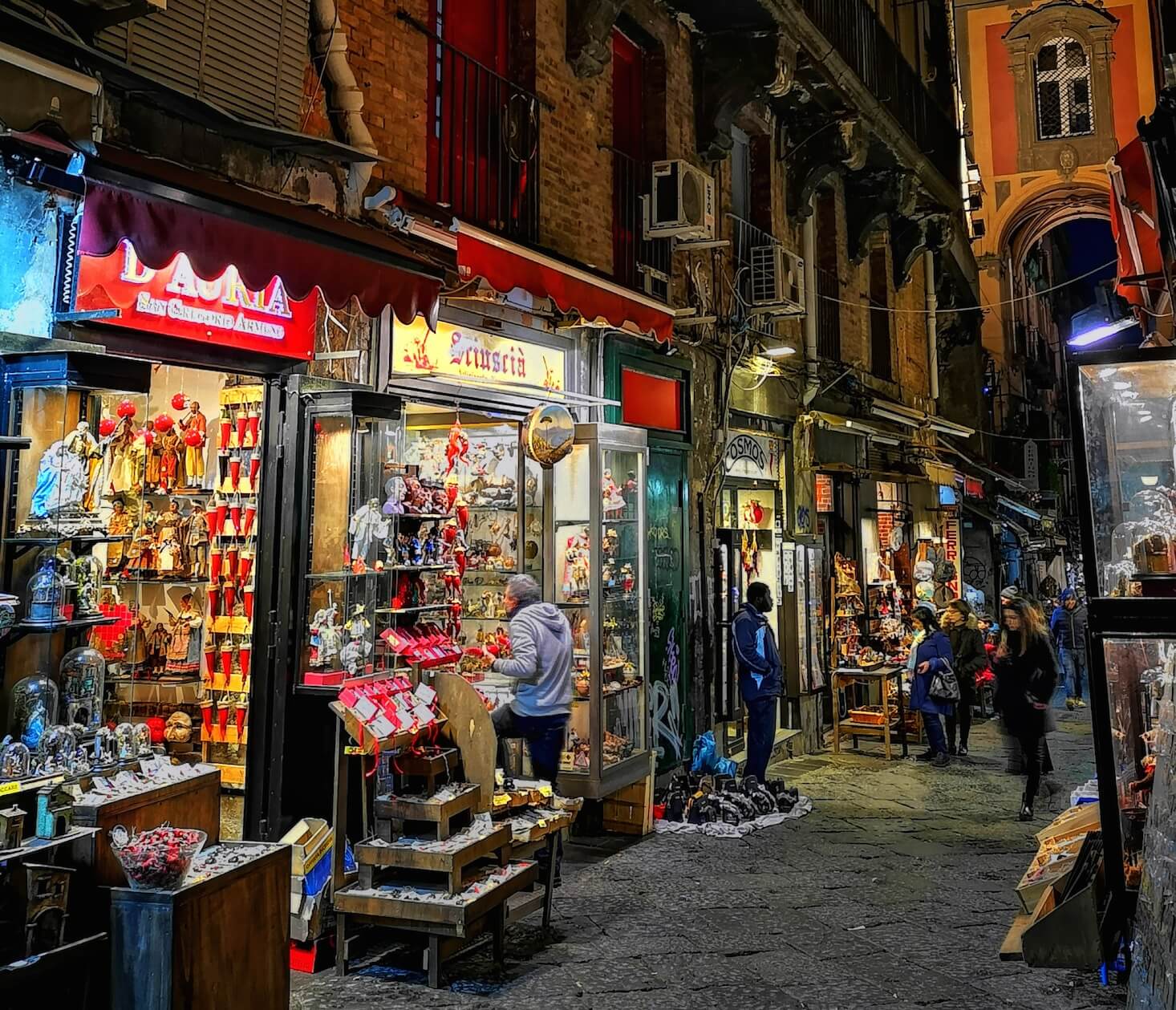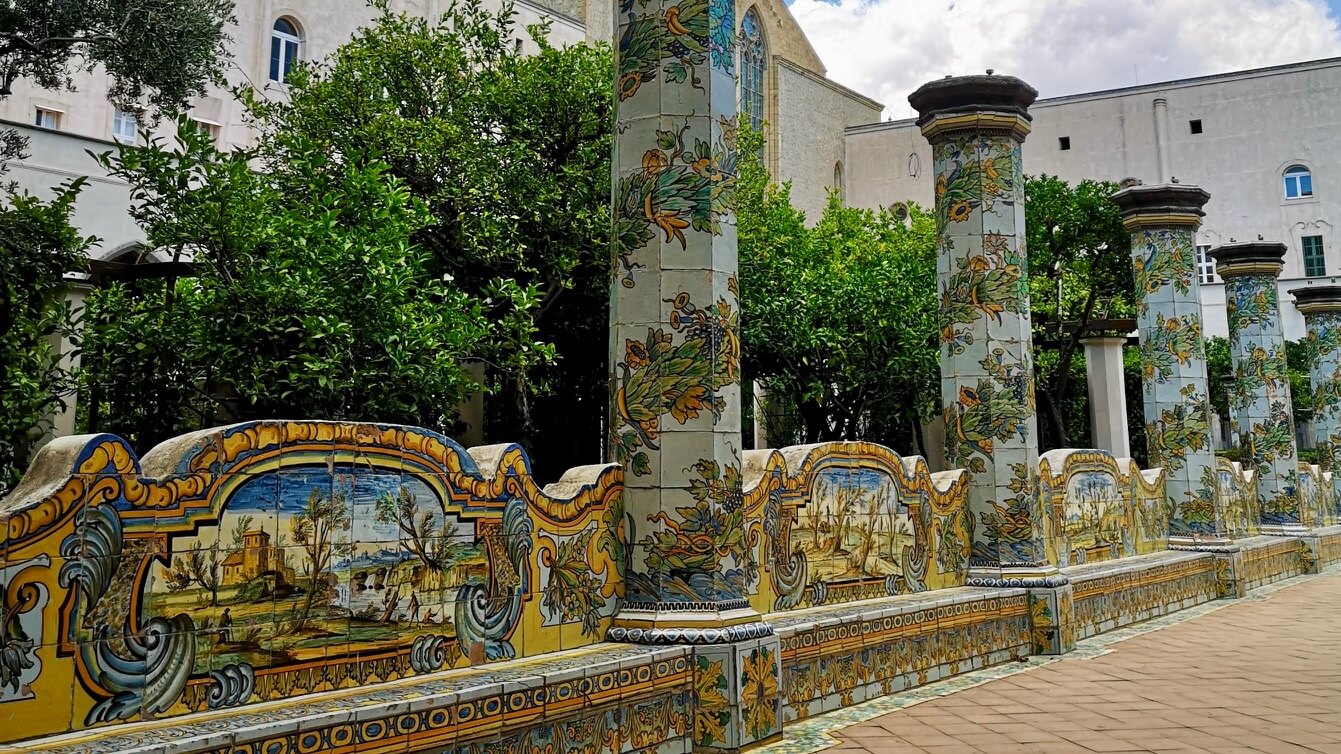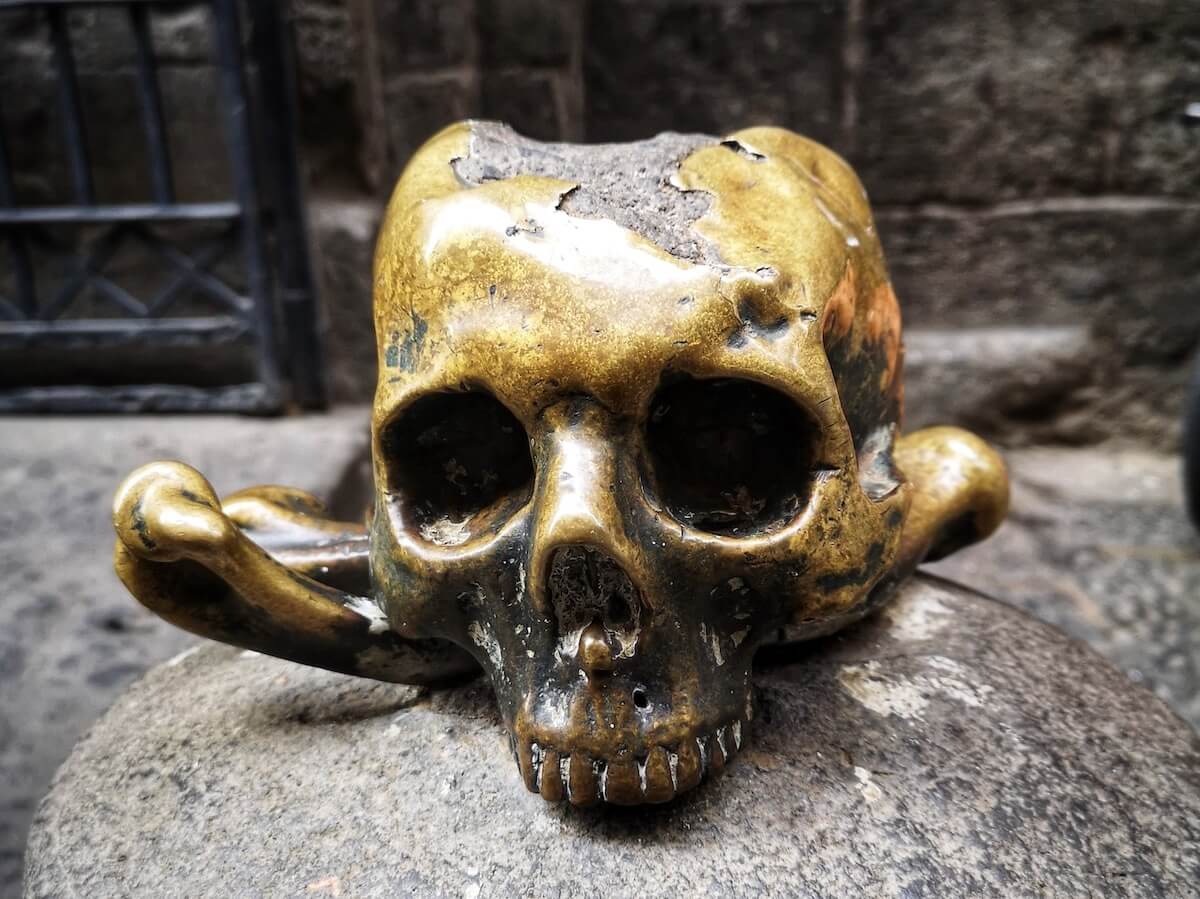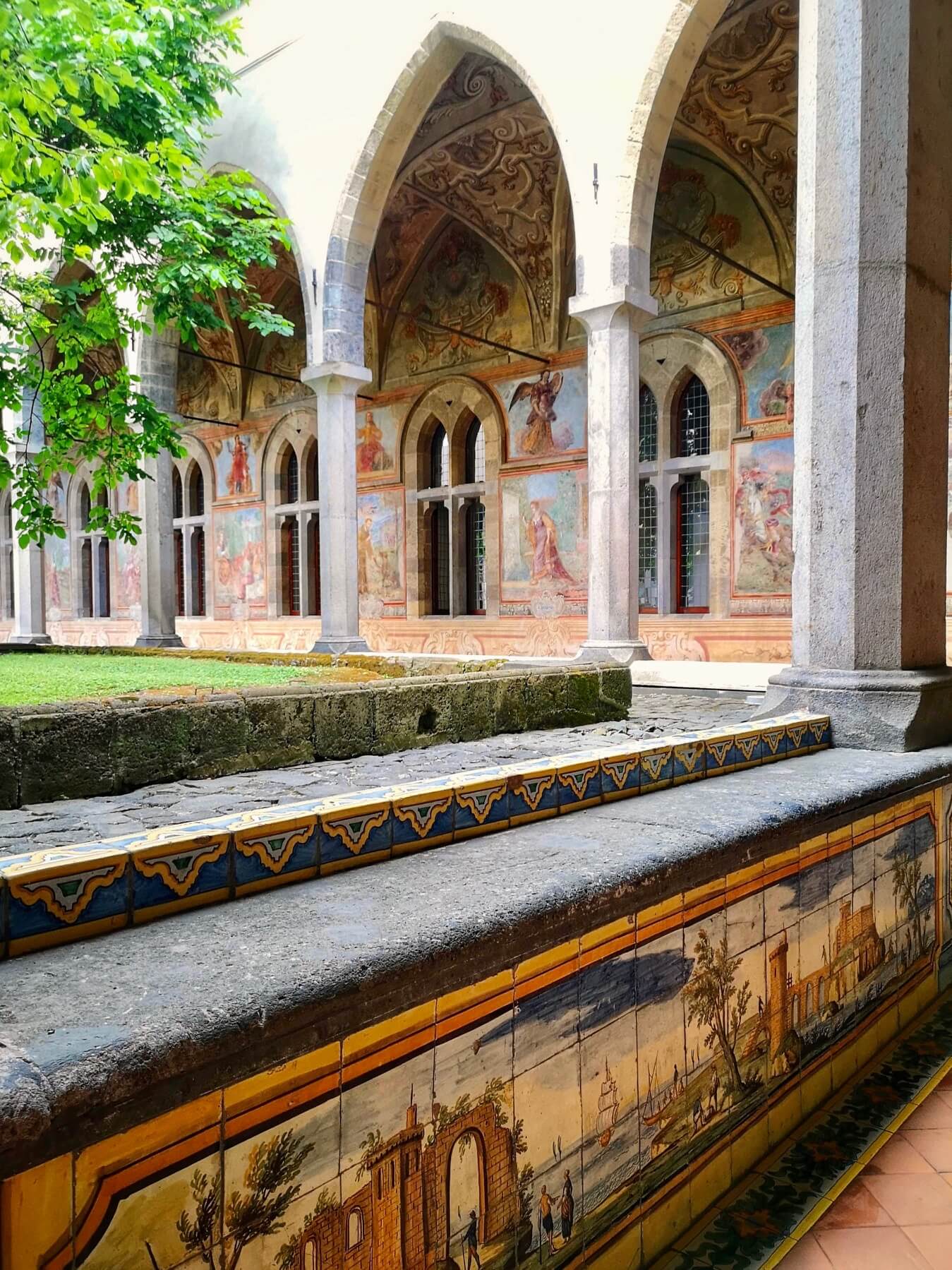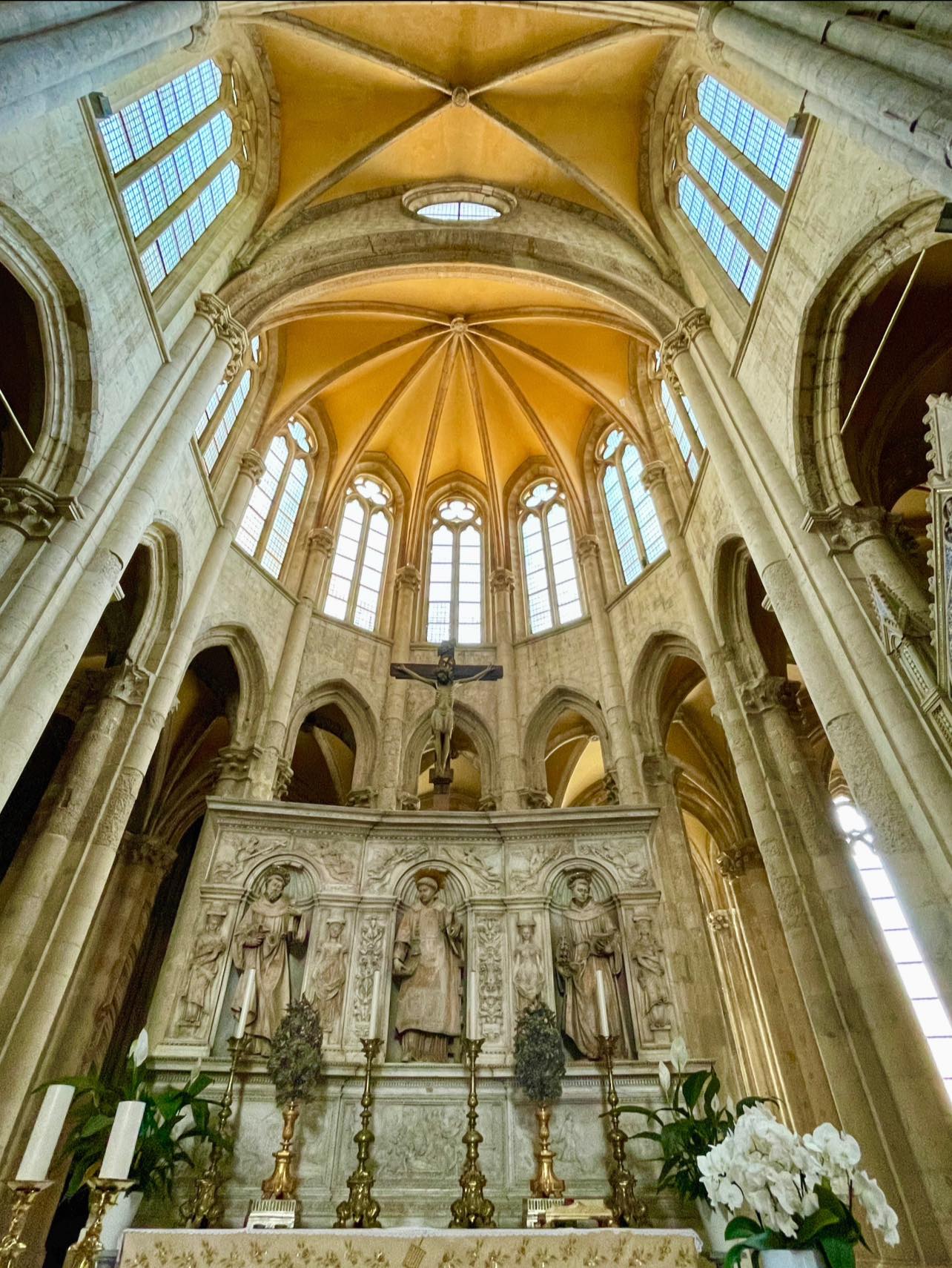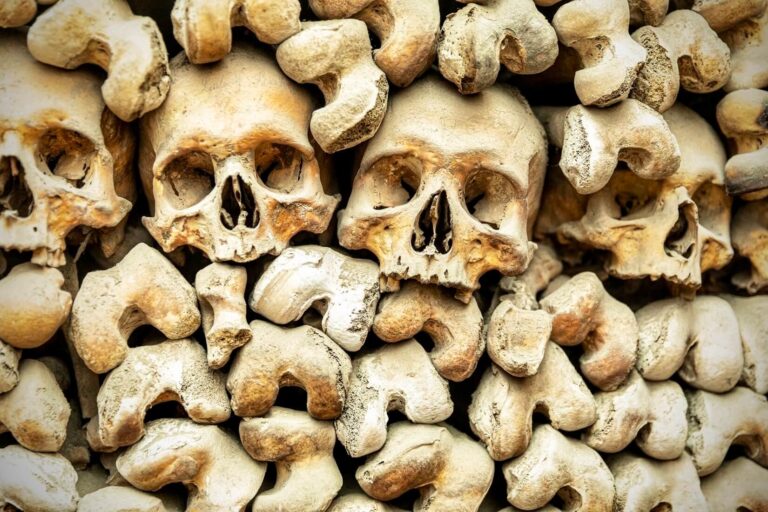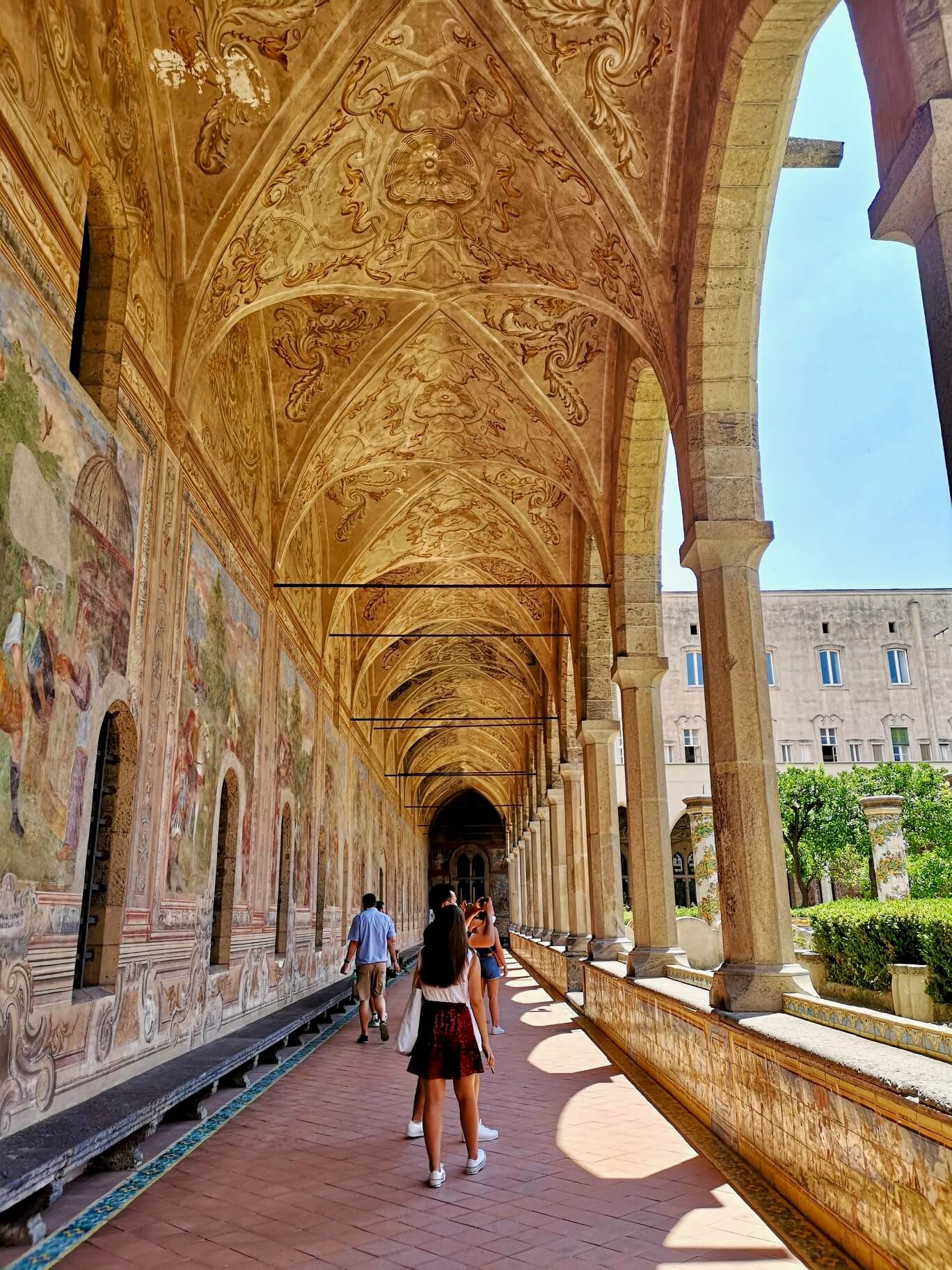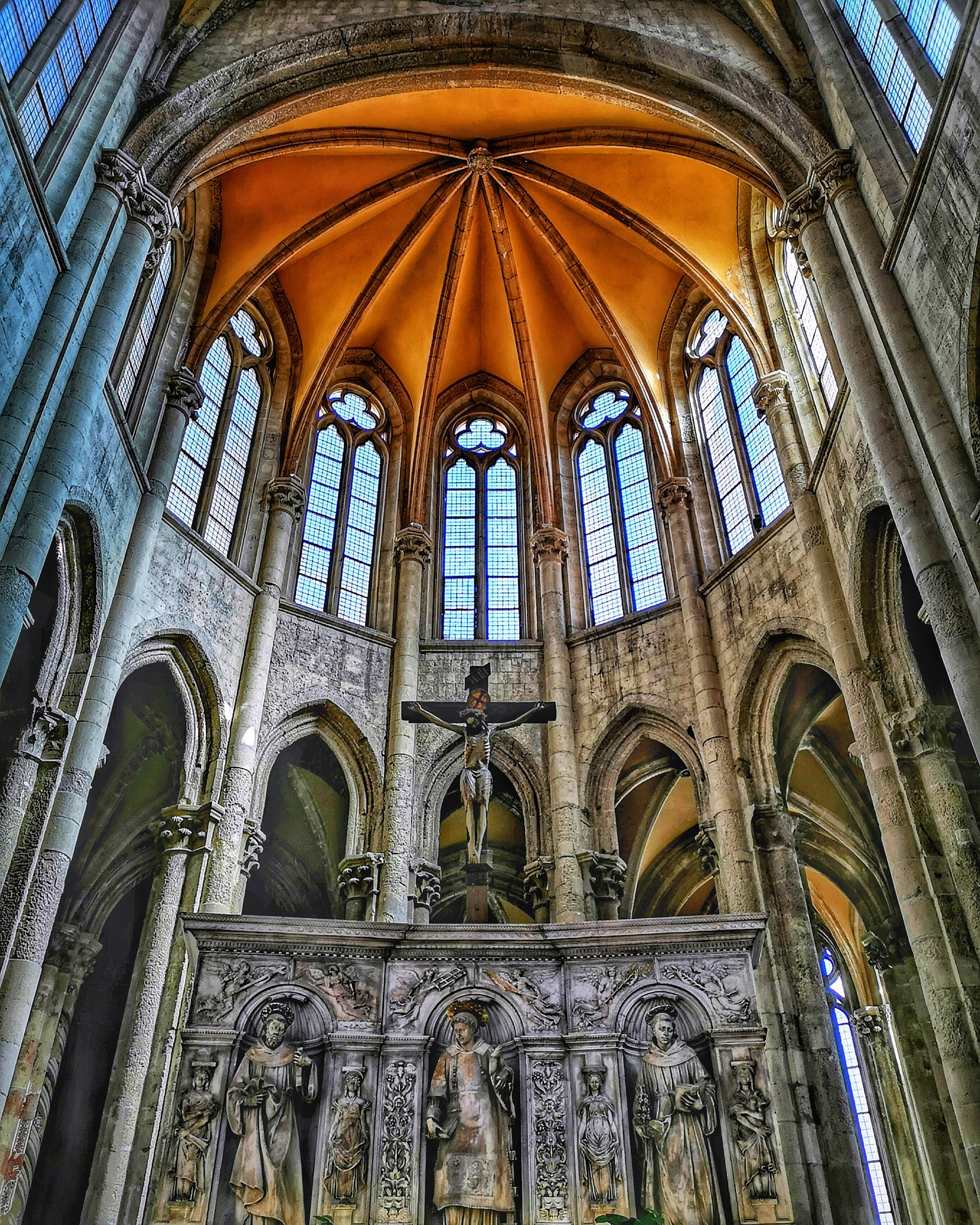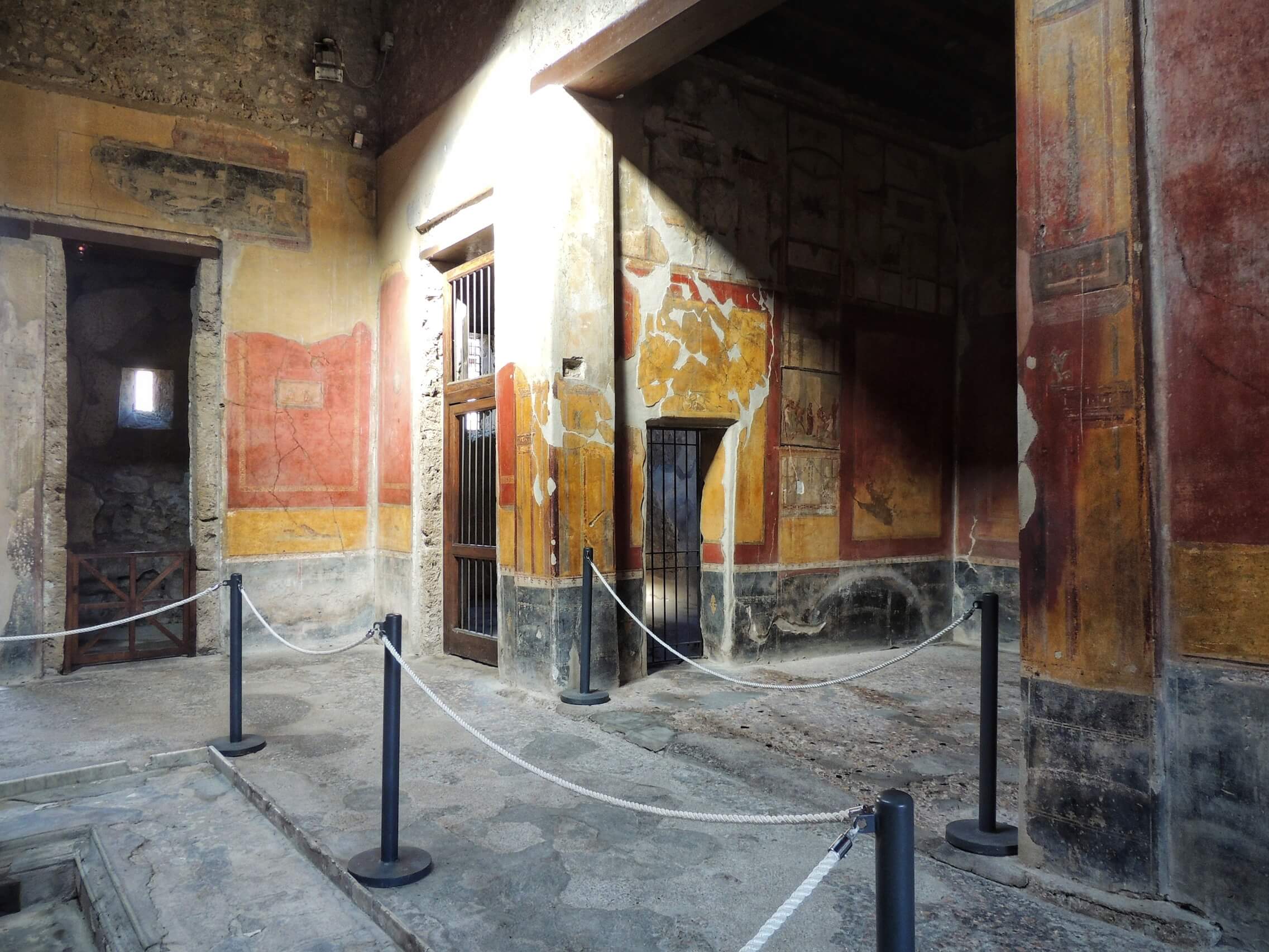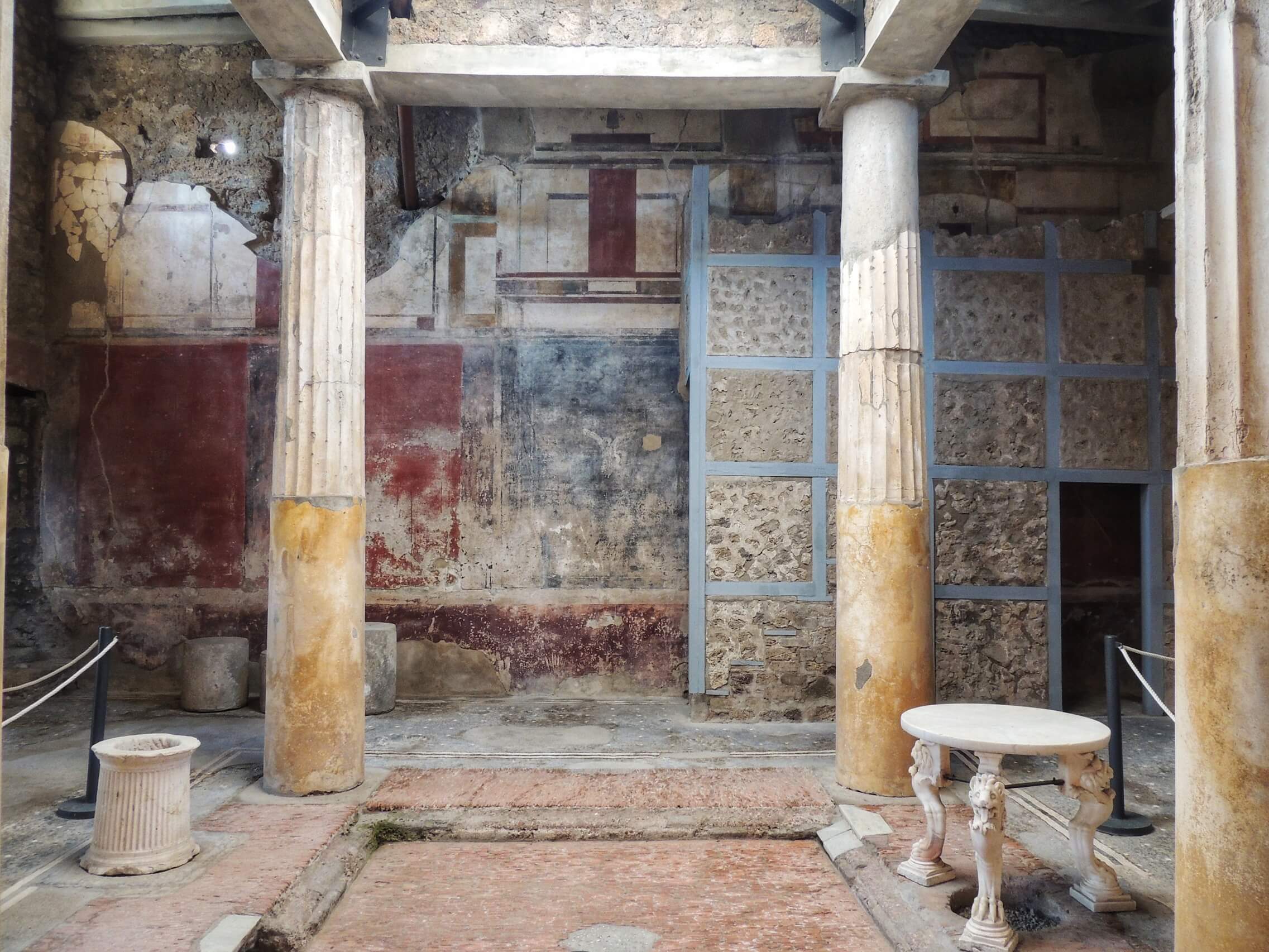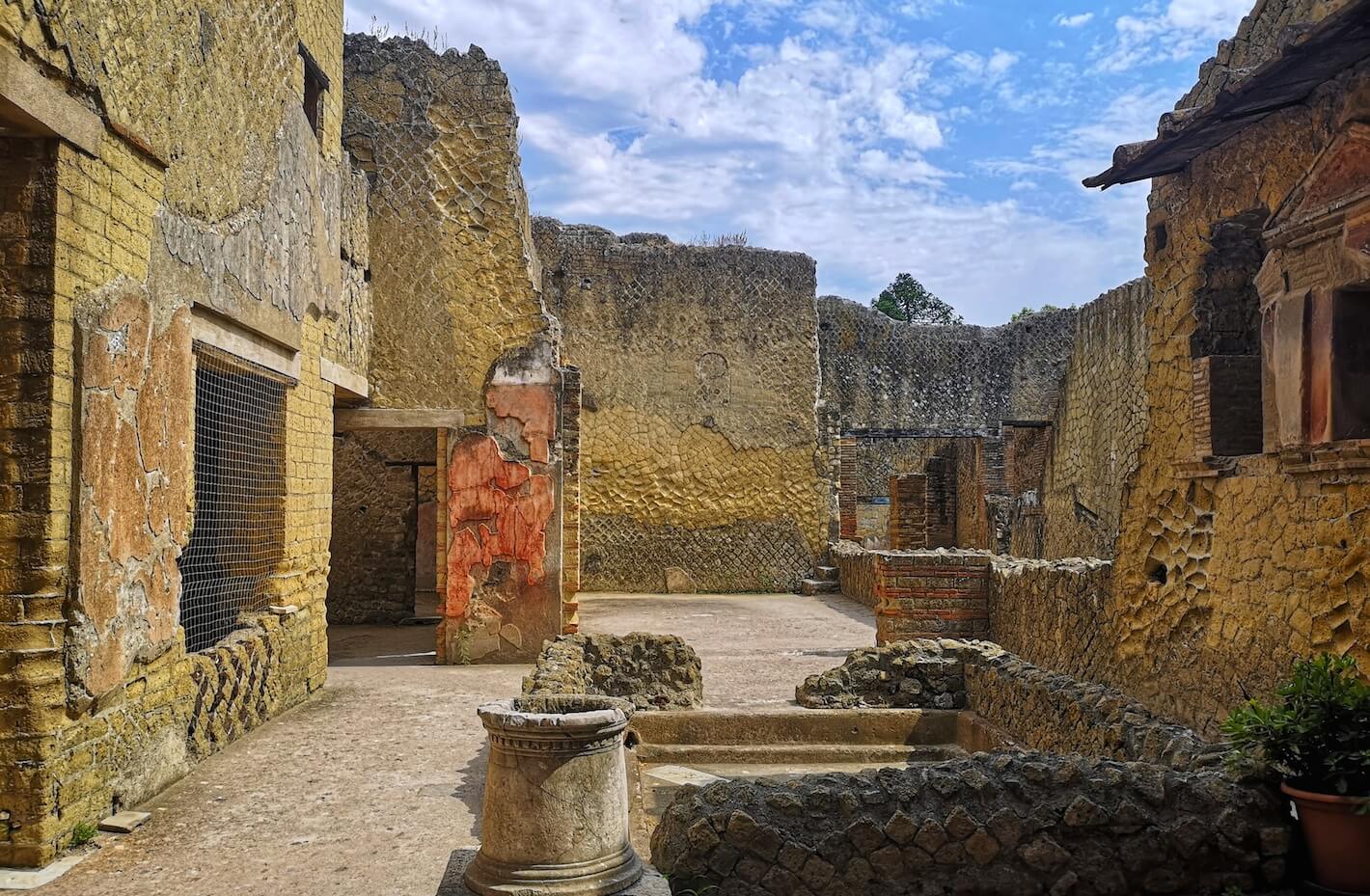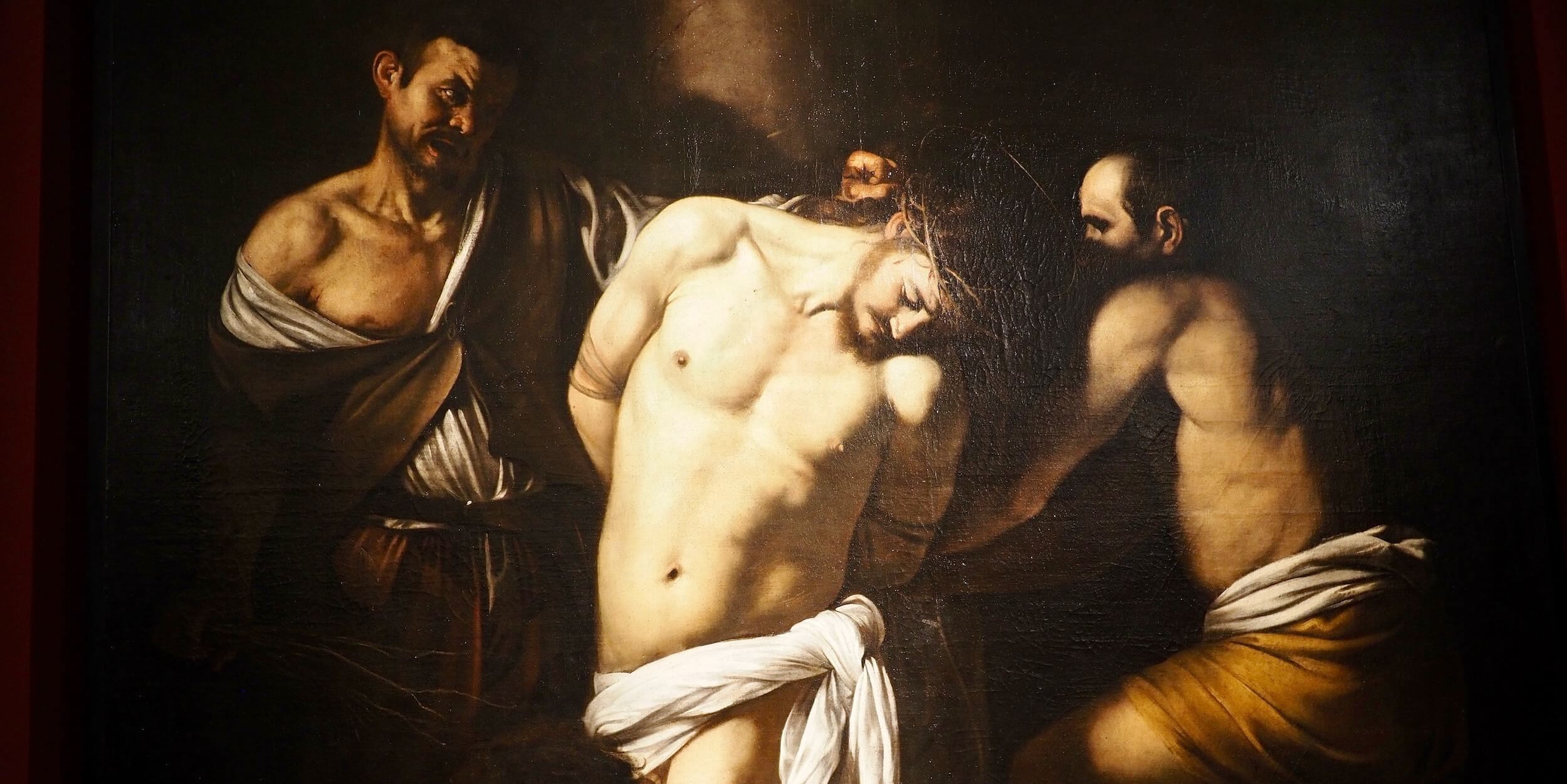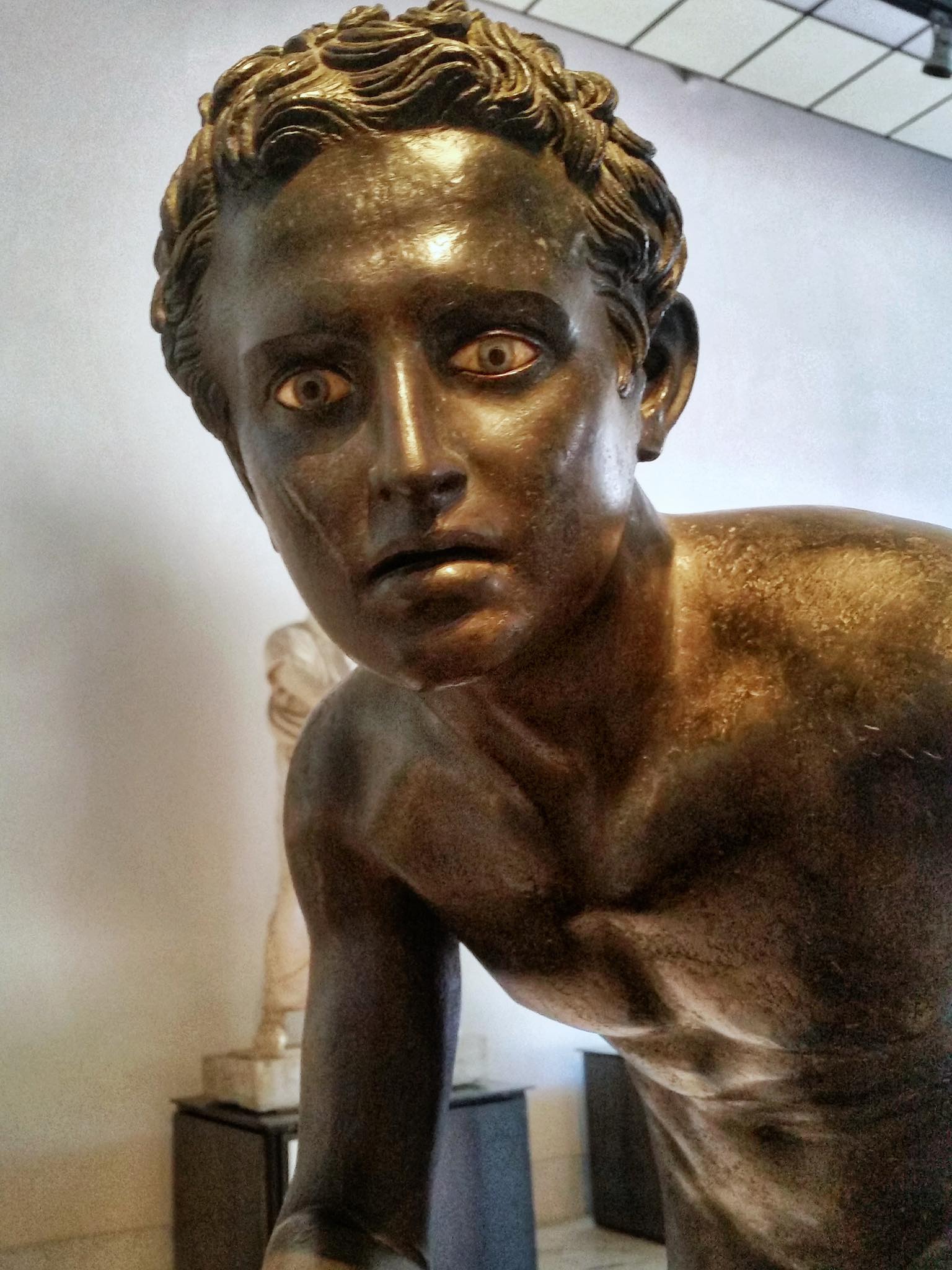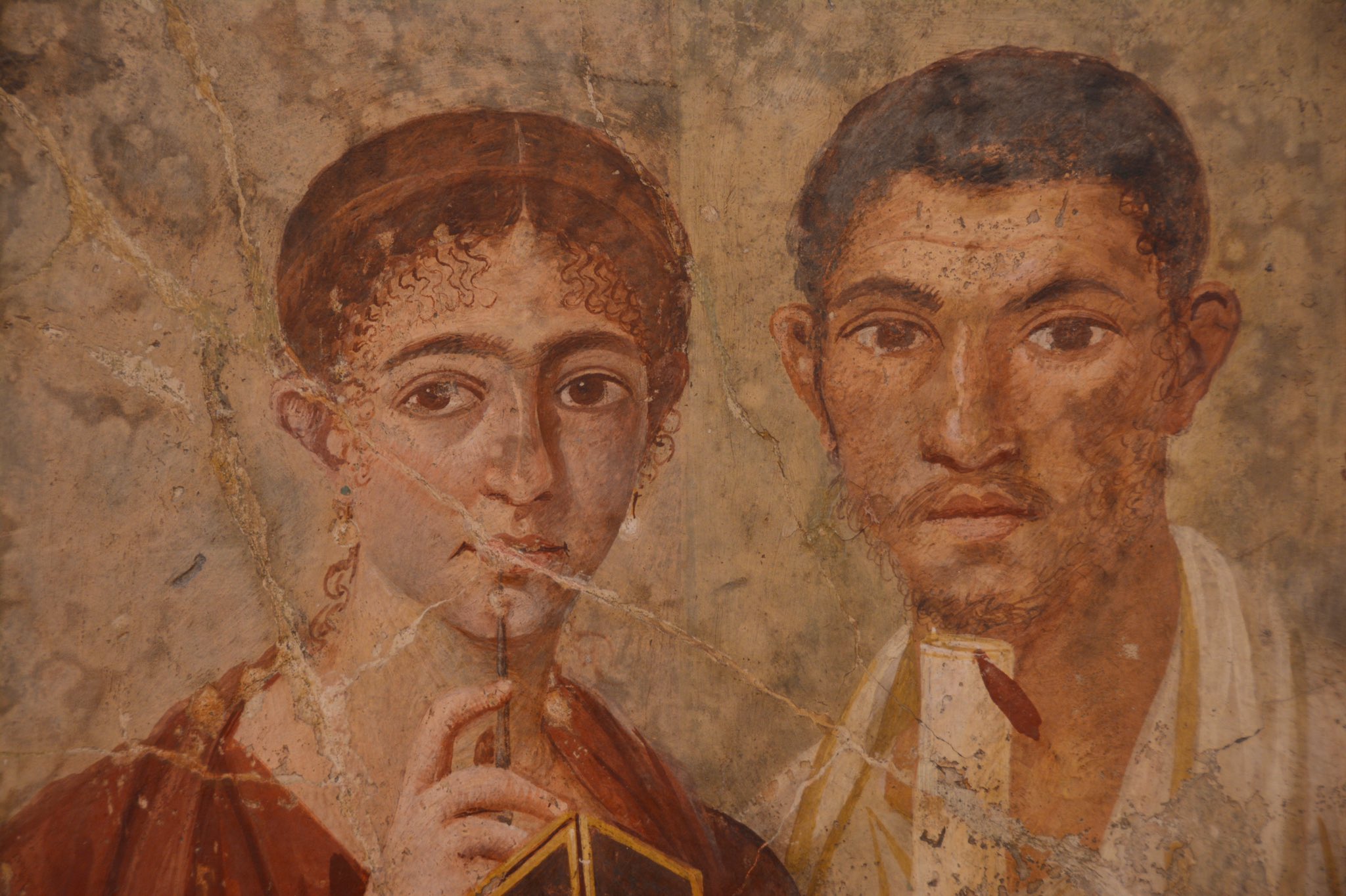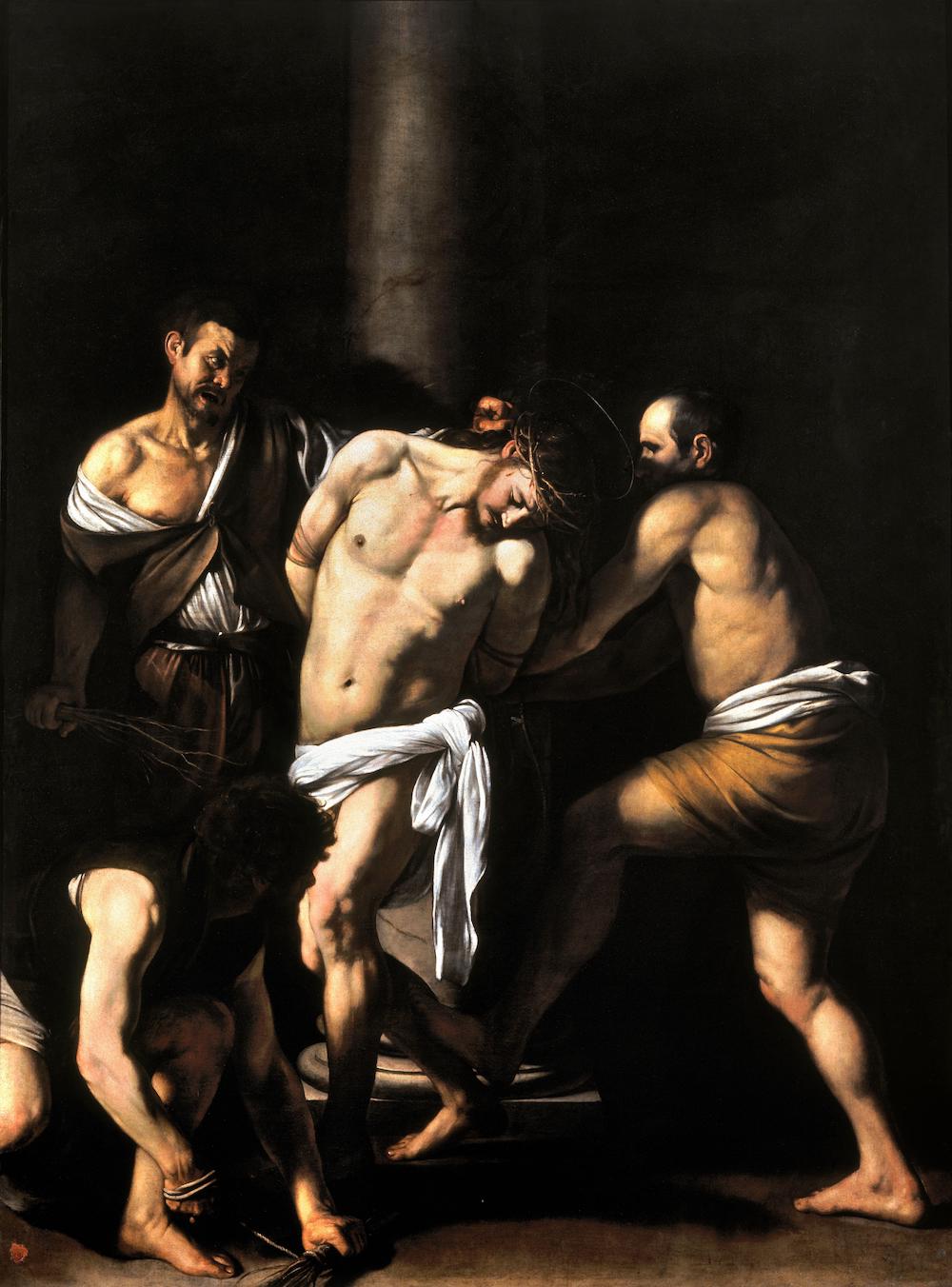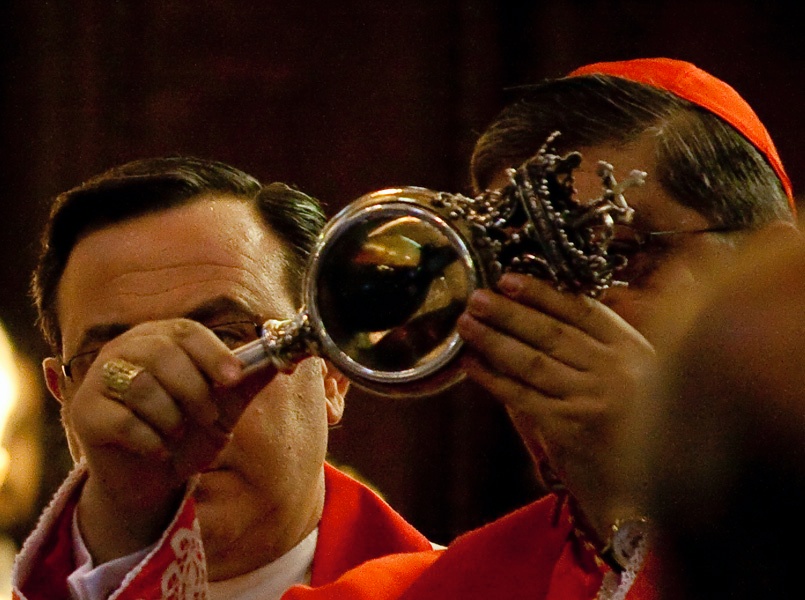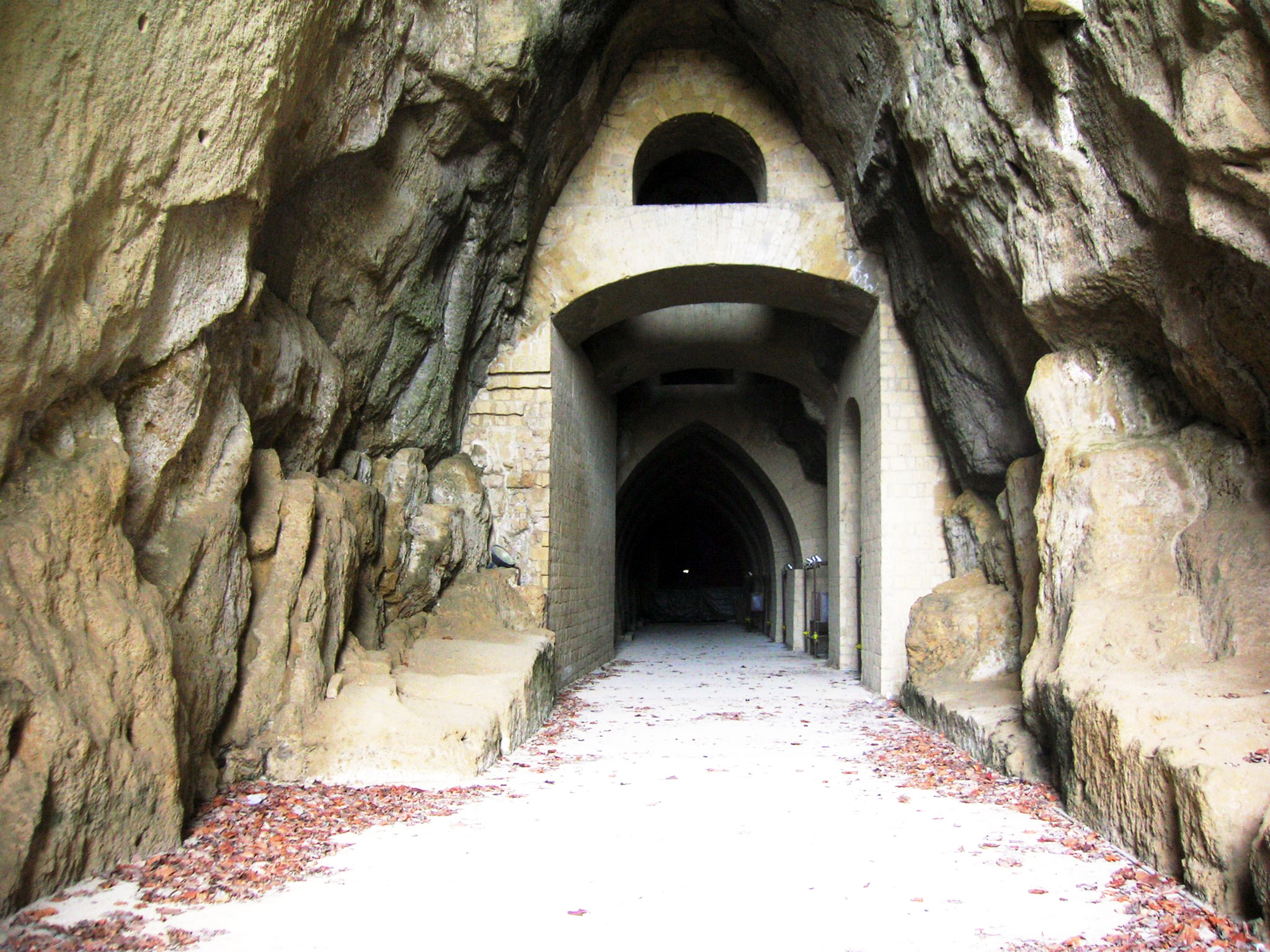See another side of Naples hidden to most visitors – a subterranean labyrinth of Roman forums, volcanic tufa tunnels, silent crypts and sunlit cloisters.
Highlights
Hidden Gems
- The Roman Forum
- Spaccanapoli
- The Nativity Scenes of San Gregorio Armeno
Tour Includes
- Expert local guide
- Skip the Line Tickets
- Visit to Secret Underground Sites
Create Your Custom Journey
Our dedicated team is here to help you design the perfect trip. We’re happy to assist every step of the way.
We’ve Got You Covered!
Can’t make your trip? Cancel up to 24 hours in advance for a full refund, minus any ticket costs.
ITINERARY
What To Expect On Your Tour
The City's Ancient Spine
The Decumanus Major and Via dei Tribunali
Side-by-side with its churches and palaces, Naples hides a parallel world carved from soft volcanic tufa: tunnels, cisterns, and archaeological strata where centuries accumulate like geological pages. Our exploration begins on Via dei Tribunali, which traces the Decumanus Major — the Roman spine of the city — and sets the scene for a day of discovery where myth and history meet. Walking the narrow stretch of Via dei Tribunali is like following an invisible thread through time. This is the city’s ancient east–west axis, still worn by generations of feet. Your guide will unpack how the street’s rhythm preserves the plan of Nea Polis and point out where modern façades give way to deeper, older layers of urban life.

The Forum Under the Basilica
San Lorenzo
Nowhere gives a better sense of the splendor of the glory of medieval city than the church of San Lorenzo Maggiore, whose interior is amongst the finest examples of Gothic architecture in Italy. Plenty of big names in Italian history have passed through here: Boccaccio first encountered the woman who would inspire his character Fiammetta in the basilica, and Petrarch lived in the adjacent monastery for a spell in the 1340s. Descend underground for a real surprise: beneath the basilica lie the monumental remains of the Forum — the civic heart of Roman Naples. On our tour we’ll journey down into the cool, echoing spaces where original pavements, columns and fragments of public life survive, and learn how the medieval church was literally built atop its classical predecessor – an intimate encounter with the city’s foundations.

Prayers for the Soul
Underground at Purgatorio ad Arco
From civic ruins we move into a darker, more intimate realm: the underground cemetery attached to the church dedicated to the souls in Purgatory. Here, devotion and mortality take an uncanny form — ossuaries, devotional objects and votive inscriptions that speak to Neapolitan beliefs about death, remembrance and the hope for intercession. Here we will learn about the fascinating tradition of the anime pezzentelle, in which Neapolitans have taken to ‘adopting’ anonymous skulls, bringing them flowers and candles and offering prayers to rescue their souls from purgatory. In return the adopted spirits look over their earthly benefactors, providing grace or granting petitions for their well-being.
For Neapolitans, the prospect of Purgatory was no picnic, as can be seen in the hundreds of sculptural terracotta scenes made by Neapolitan artisans throughout the early-modern period. In these fascinating, rather disquieting scenes, anguished souls are figured burning in the fires of purgatory as Christ’s crucifixion takes place on the hill of Golgotha in the background.

Radiant Majolica Visions
The Cloister of Santa Chiara
Emerging from the subterranean world, we reach the fourteenth-century monastery of Santa Chiara, itself founded on Roman baths. Dating back to the 13th century, the complex’s most impressive feature is its vibrant 17th century Rococo cloister: redesigned by Domenico Antonio Vaccaro, 72 octagonal columns divide the space into avenues, each decorated with a series of brightly coloured majolica tiles depicting plants, flowers and scenes of pastoral life. Within the arcades that run along the four sides of the cloister meanwhile, beautiful frescoes depicting sacred narratives decorate the walls. The monastery of Santa Chiara and its cloister is an ideal retreat from the chaos of the surrounding city

The Presepio Tradition
Via San Gregorio Armeno
Our route winds through the grid of steets that slices through the old centre, and onto the famous Via San Gregorio Armeno. One of Naples’ most colourful and atmospheric streets, the narrow thoroughfare connects the two major east-west arteries of the original Greek city – Via dei Tribunali (the ancient decumanus maggiore) and Via Benedetto Croce, widely known as Spaccanapoli. The street is home to a high concentration of the city’s artisan workshops crafting figurines for the Italian “presepio” or nativity crib tradition. In the tangled jumble of workshops you’ll find statuettes depicting everyone from the holy family to footballers and politicians, a chaotic mix of the secular and the profane, the sublime and the ridiculous that could only really happen in Naples – a city that’s as beautiful as it is eccentric!

Create Your Custom Journey
Our dedicated team is here to help you design the perfect trip. We’re happy to assist every step of the way.
